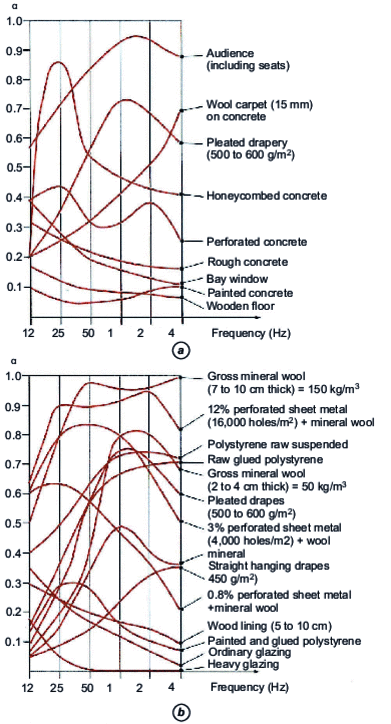1. General
1.1 Sound behaviour in a room
1.1.1 Determinants of the sound field
A sound source placed in a closed space generally radiates in all directions.
Sound waves propagate towards the limits of the volume, coming into contact with walls or obstacles. Their behavior obeys laws that depend mainly on the characteristics of the emitted signal and the impedance of the materials encountered.
The main factors involved in the structure of the radiated field are (figure
Exclusive to subscribers. 97% yet to be discovered!
You do not have access to this resource.
Click here to request your free trial access!
Already subscribed? Log in!

The Ultimate Scientific and Technical Reference
This article is included in
The finishing and equipment of the building
This offer includes:
Knowledge Base
Updated and enriched with articles validated by our scientific committees
Services
A set of exclusive tools to complement the resources
Practical Path
Operational and didactic, to guarantee the acquisition of transversal skills
Doc & Quiz
Interactive articles with quizzes, for constructive reading
General
Absorption coefficients of different materials

Room quality assessment criteria
As early as 1900, Sabine implicitly introduced the first criterion of room quality, based on the estimated reverberation time. Today, most authors agree that the acoustic quality of a room can be determined from a minimum of four or five criteria.
Among the most frequently cited are EDT [Early Decay Time: reverberation time calculated over the 0 to – 10 dB interval of the impulse...
Exclusive to subscribers. 97% yet to be discovered!
You do not have access to this resource.
Click here to request your free trial access!
Already subscribed? Log in!

The Ultimate Scientific and Technical Reference